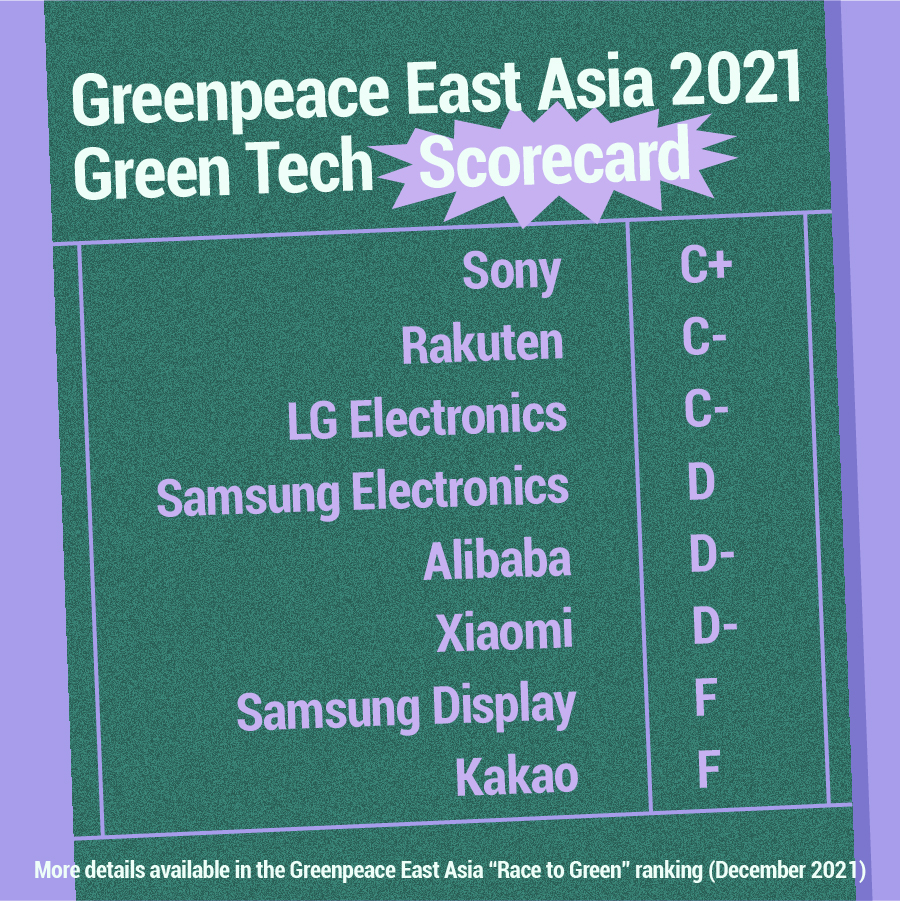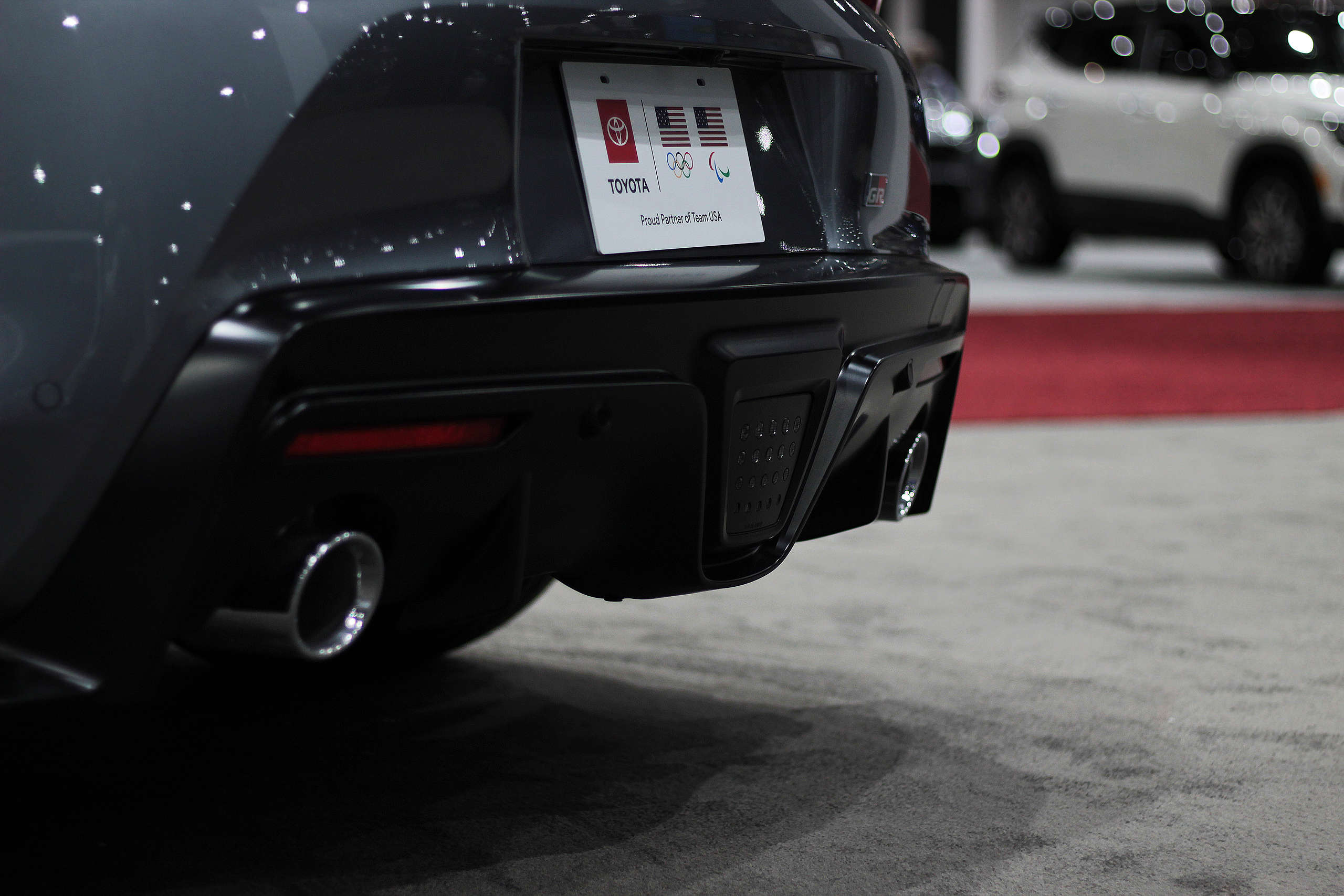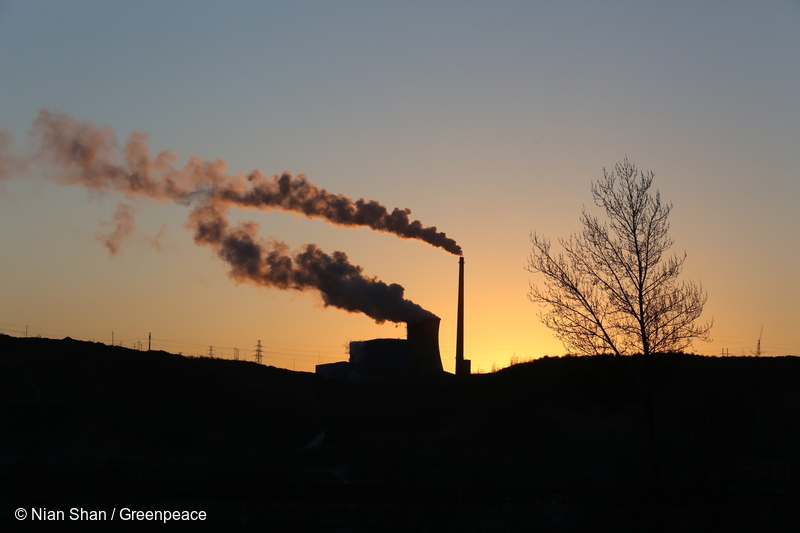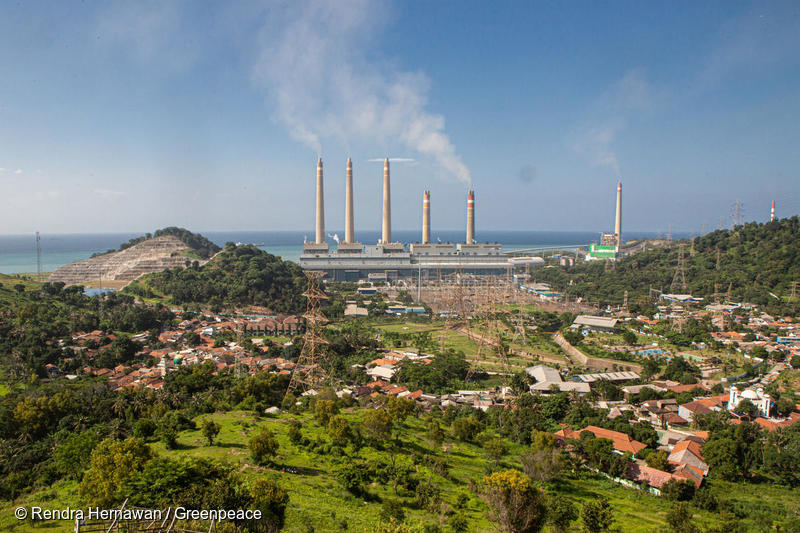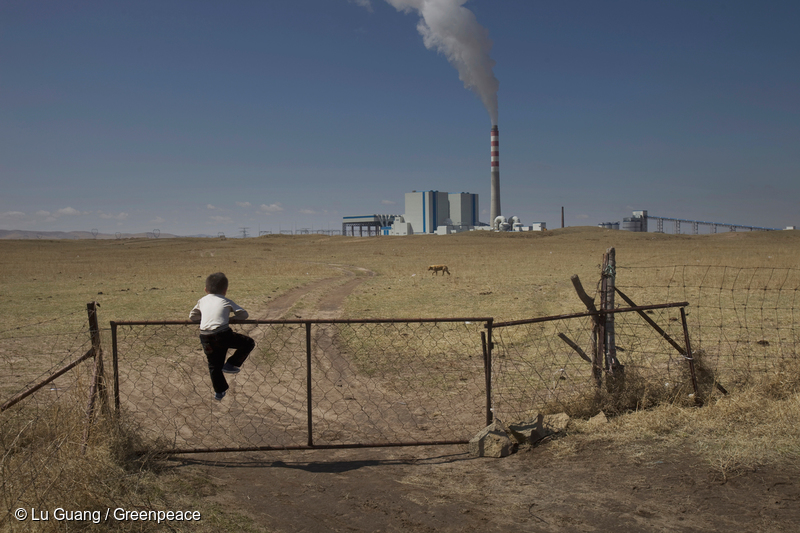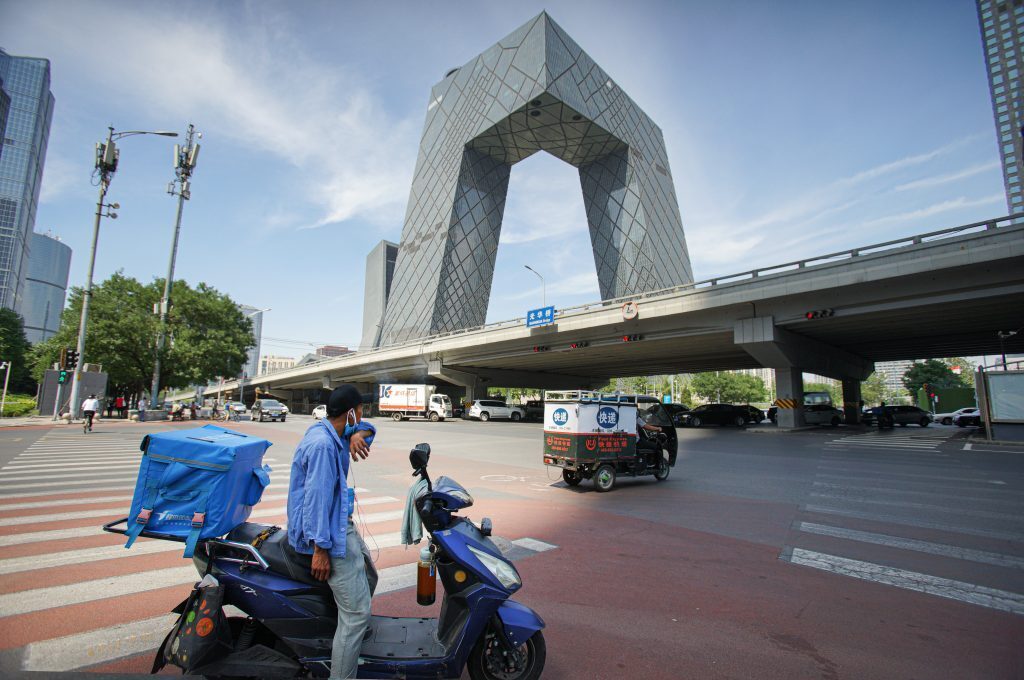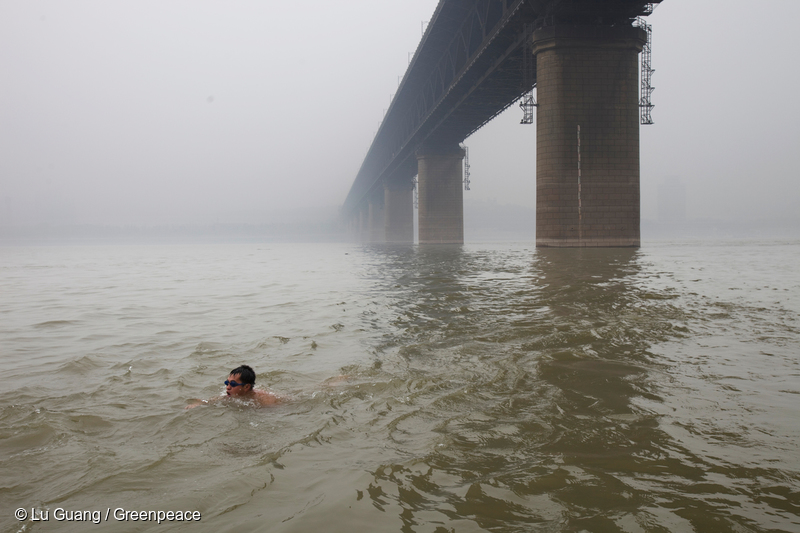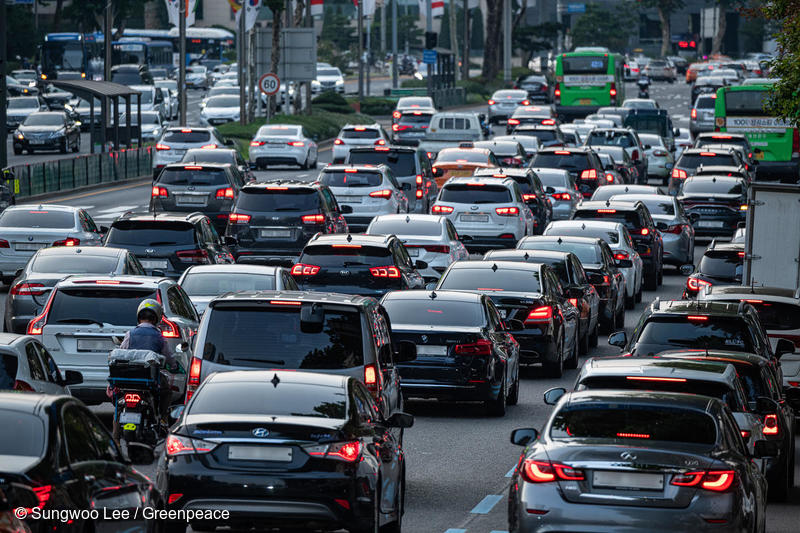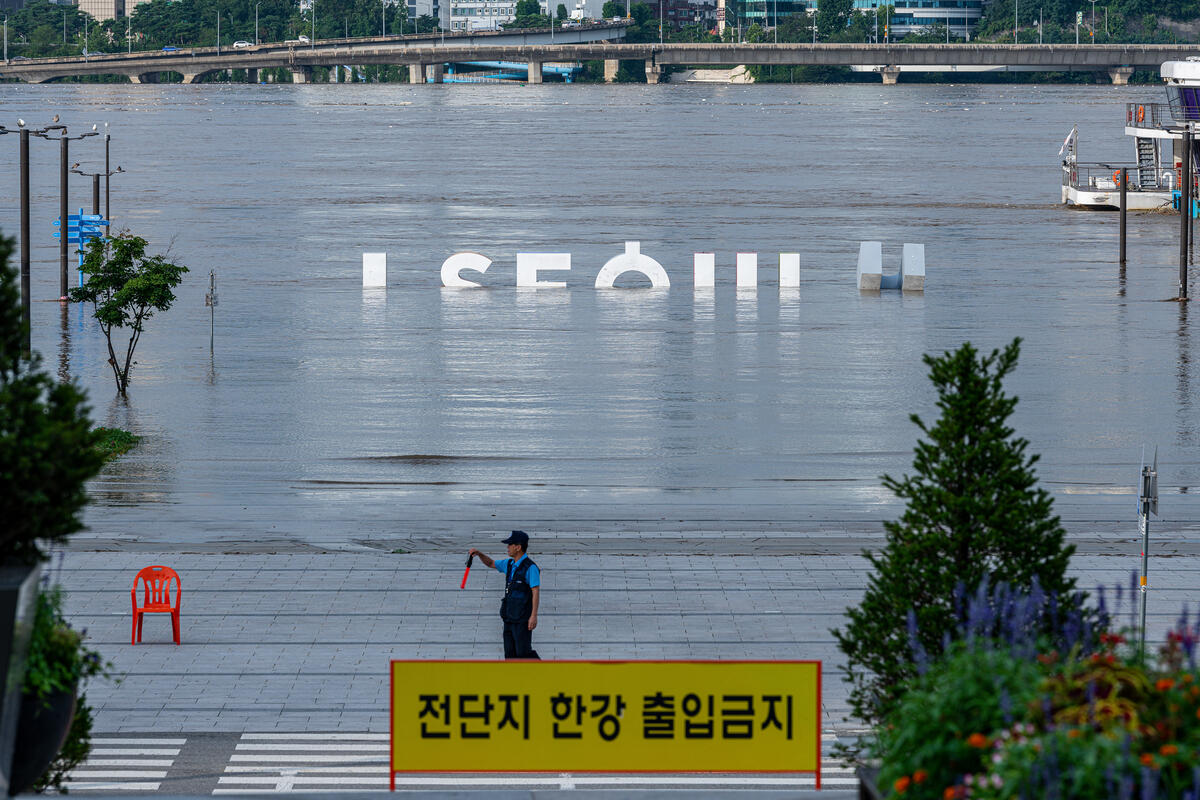All articles
-
Samsung, Xiaomi get Failing Grades in New Greenpeace Tech Ranking
Sony received the top grade in Greenpeace East Asia’s first regional tech ranking, at a C+, illustrating how the tech industry still has a major task ahead to reduce its carbon emissions.
-
Toyota ranked worst among global carmakers for decarbonisation: Greenpeace report
New research from Greenpeace East Asia analyzed the world's top 10 automakers’ decarbonisation efforts, ranking Daimler, Ford, General Motors, Honda, Hyundai-Kia, Nissan, Renault, Stellantis, Toyota, and Volkswagen. None of the companies plan to phase out internal combustion engine (ICE) vehicles earlier than 2035, which would make achieving the 1.5°C climate goal very difficult, and seven…
-
In 2020, China’s “new infrastructure” emitted 7.24% less carbon than traditional infrastructure: Greenpeace
A new report from Greenpeace East Asia calculated emissions across China’s “new infrastructure” industries -- ranging from 5G, AI, and data infrastructure to electric vehicles, ultra-high voltage (UHV) power lines, and “smart” solution for cities, such as traffic and education -- and found that emissions in these industries are 7.24% less than in traditional infrastructure.
-
China pledges to stop building new coal overseas: Greenpeace response
In a speech at the United Nations General Assembly on Tuesday, China’s President Xi Jinping pledged that China will not build any new coal-fired power projects overseas.
-
24 new coal-fired power projects approved in China in first half of 2021: Greenpeace
China’s provincial governments approved the construction of 24 new coal power projects in the first half of 2021, adding a total 5.2 gigawatts (GW) of capacity, including three large-scale¹ coal-fired power plants that were approved from key project lists,² which provincial governments use to apply for financial support and priority status from the central government.
-
Extreme Temperatures on the Rise in Tokyo, Beijing, Seoul
Scorching temperatures are becoming much more frequent in cities across East Asia, according to a new analysis from Greenpeace East Asia.
-
For China’s post-COVID stimulus, big gaps in how much each province got, how they spent it: data
A province-by-province analysis of China’s post-COVID economic stimulus done by Greenpeace East Asia shows a widening split between provinces leading in the post-Covid green recovery and those lagging behind, especially coal-dependent provinces, with disparities in the amount of fiscal stimulus package and how they spent aid money.
-
Greenpeace maps growing climate risk from extreme weather in China’s major cities
A new report from Greenpeace East Asia analyzed climate risk from extreme heat and rainfall across the major metropolitan regions around Beijing, Shanghai, and Guangzhou-Shenzhen,¹ finding risk is now highest in dense city centers but is growing faster for urbanizing communities on the outskirts.
-
HYUNDAI MOTOR GROUP’S 2050 RE100 DECLARATION– GREENPEACE COMMENT
Hyundai Motor Group has announced that they will join the #RE100 initiative & achieve 100% renewable by 2050. This is good news, but on average RE100 corporations are aiming to achieve 100% renewable energy by 2028, a full 22 years earlier than Hyundai. Hyundai must #AccelerateChange and phase out polluting internal combustion engines as quickly…
-
Sea Level Rise Poses Economic Threat to Asia Coastal Cities
The report estimates that by 2030, 15 million people across the seven cities will live in areas at risk of flooding. The analysis is one of the first of its kind to use high spatial resolution data to suggest the areas of each city that are at risk from floods.

